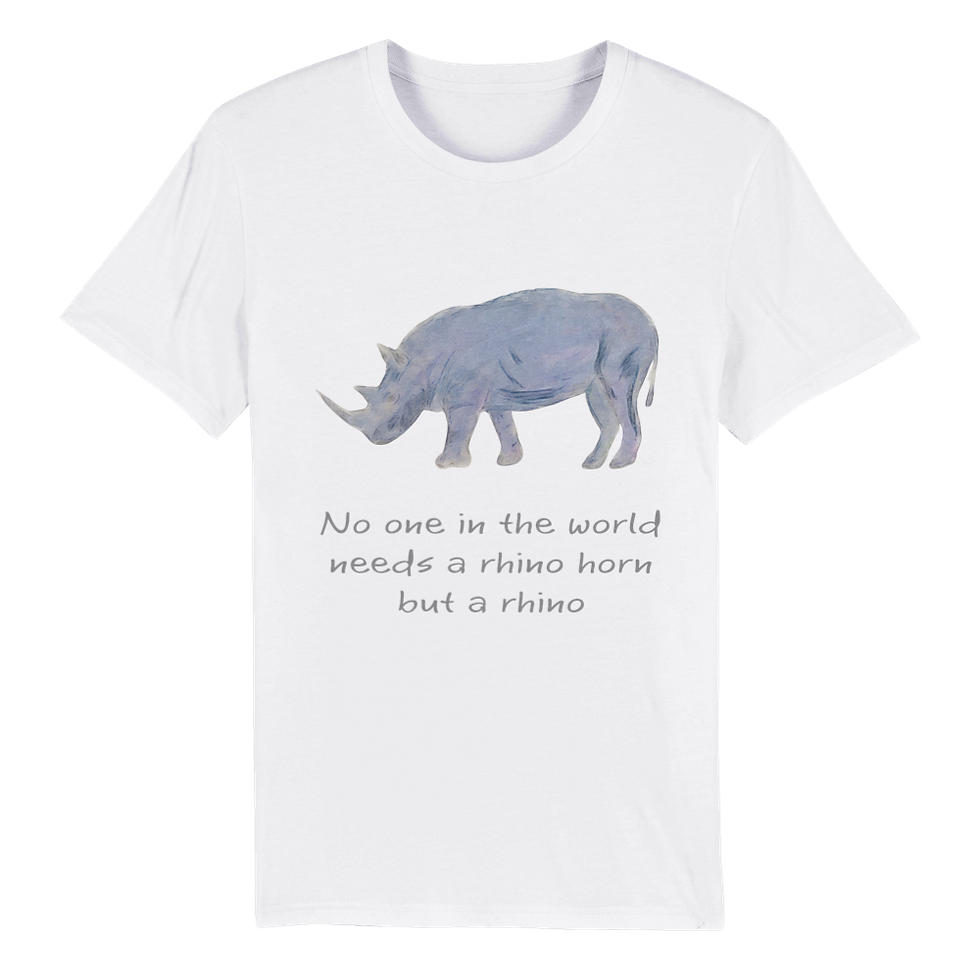Rhinos are on the verge of extinction due to poaching for their horns. One white rhino stands out as a symbol of hope, the poster rhino for what humans can achieve when they work together.
On Monday, Jan. 24, a 2-ton bull named Sehawukele — pronounced Say-huh-woo-kay-lay, which means "God have mercy on us" —returned to the wild in the pristine Marataba Game Reserve in South Africa, after 30 operations and with the help and collaboration of three organisations, dozens of volunteers, and hundreds of donors.
Poachers cut off his horns and gouged out half of his face in 2014. Johan Marais, the founder of Saving the Survivors, would not allow him to be euthanized.
Seha, the unyielding rhino, encountered a guy who refused to give up!
This huge rhino is still standing after thirty procedures and six years, due to Marais, who was able to rebuild just enough of the bull's skull.
"What is your number one wish?" Helena Kriel, the founder of international nonprofit Baby Rhino Rescue, asked Johan Marais when he contacted the charity. Marais responded, "To get Seha back into the wild."
"Seha's Fund" was established by Baby Rhino Rescue. People were compelled to aid after hearing a narrative of horrible suffering and fortitude.
Seha, who was vital to the species because of his powerful genes, need females as well. Seha will be accompanied into the wild by two young females purchased by Baby Rhino Rescue. Tshilidzi — chill-leed-zee, which means "Grace" — and Dakalo, which means "Joy," were their names.
Grace and Joy accompany Seha as he begins his new life.
Seha represents the darkest aspects of human nature: our darkness and selfishness. But he also embodies the best that people have to offer: love and the determination to make things right.
Seha also symbolises the strength of a species that must not become extinct.
Seha will be released from a pasture into the wild on January 24th. Hundreds of thousands of people will be observing from all sides! This demonstrates the strength of three organisations: Saving the Survivors, Baby Rhino Rescue, and Marataba, as well as the power of individuals all around the world working together to right a terrible wrong.
It symbolises the dedication to rescuing rhinos from extinction.
Why Rhinos are Poached
The demand for rhino horn, which is utilised in traditional Chinese medicine and for other uses among people in Asian countries, is driving rhino poaching. Keratin, the same material found in cockatoo bills, turtle beaks, and horse hooves, makes up rhino horn. Amino acids including cysteine, arginine, lysine, tyrosine, and histidine, as well as ions like calcium phosphate and calcium carbonate, are found in rhino horn keratin. A rhino's horn, unlike that of an antelope, is not linked to its skull and will continue to grow throughout its life.
While rhino horn has been outlawed for medical purposes since 1993, poaching rhinos for their horns is still a concern. Gout, rheumatism, fever, headaches, vomiting, food poisoning, and typhoid have all been treated using rhino horn in traditional Chinese medicine. It is also thought to be aphrodisiac. The horn is ground into a thin powder or shaved into slivers, then dissolved in boiling water and eaten. Even while there is no proof that rhino horn has therapeutic virtues, many people assume it does, which fuels demand.
How You Can Help
What are some strategies to keep rhinos from being poached? Sign petitions to let people know you want rhinos to be protected. Make use of your social media profiles to spread the word. Another method to help is to look for groups dedicated to saving these species and to support them, such as through anti-rhino poaching donations.
For every Rhino Tee Shirt sold we will donate the $2 charity amount to Baby Rhino Rescue.




